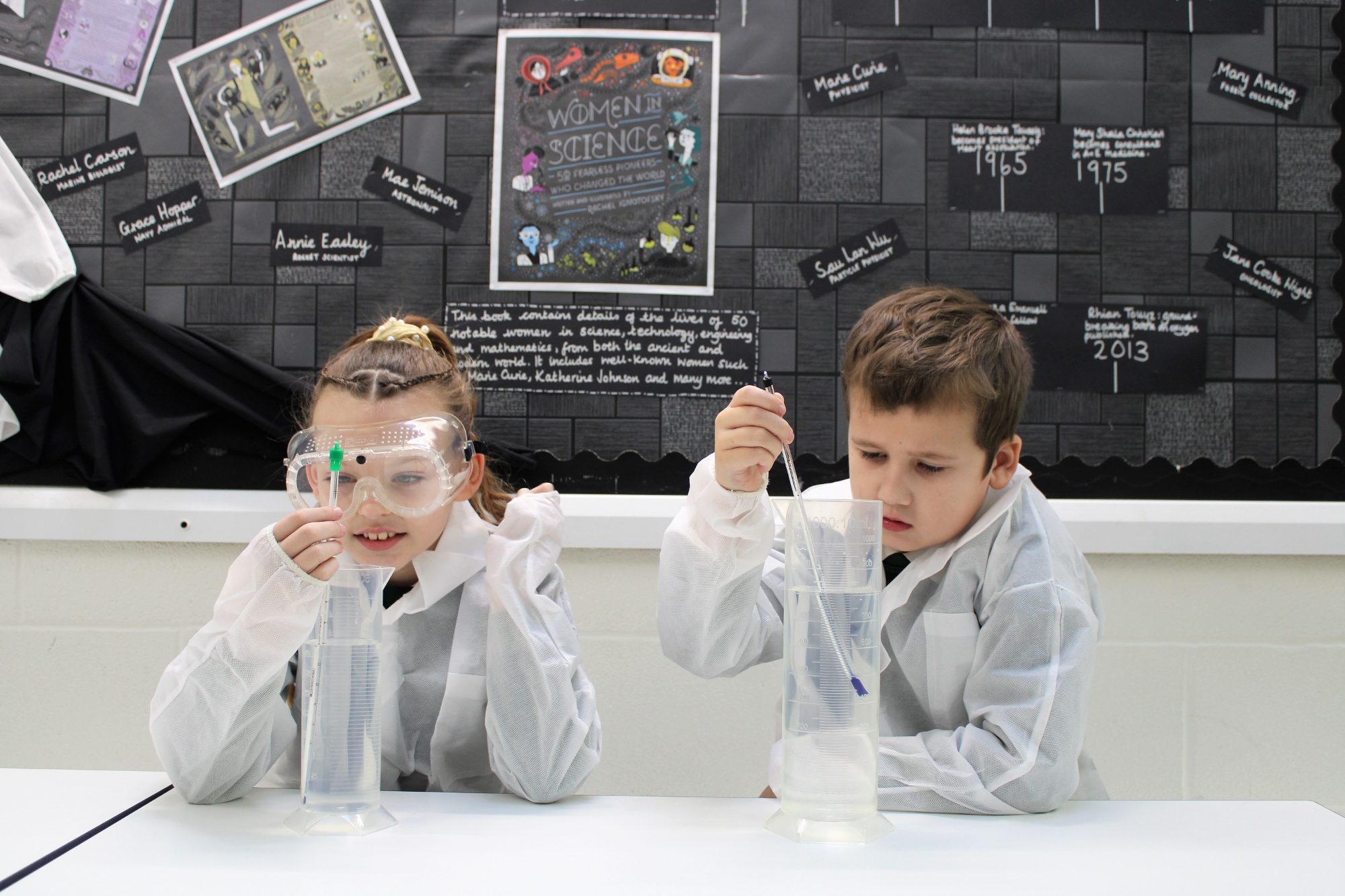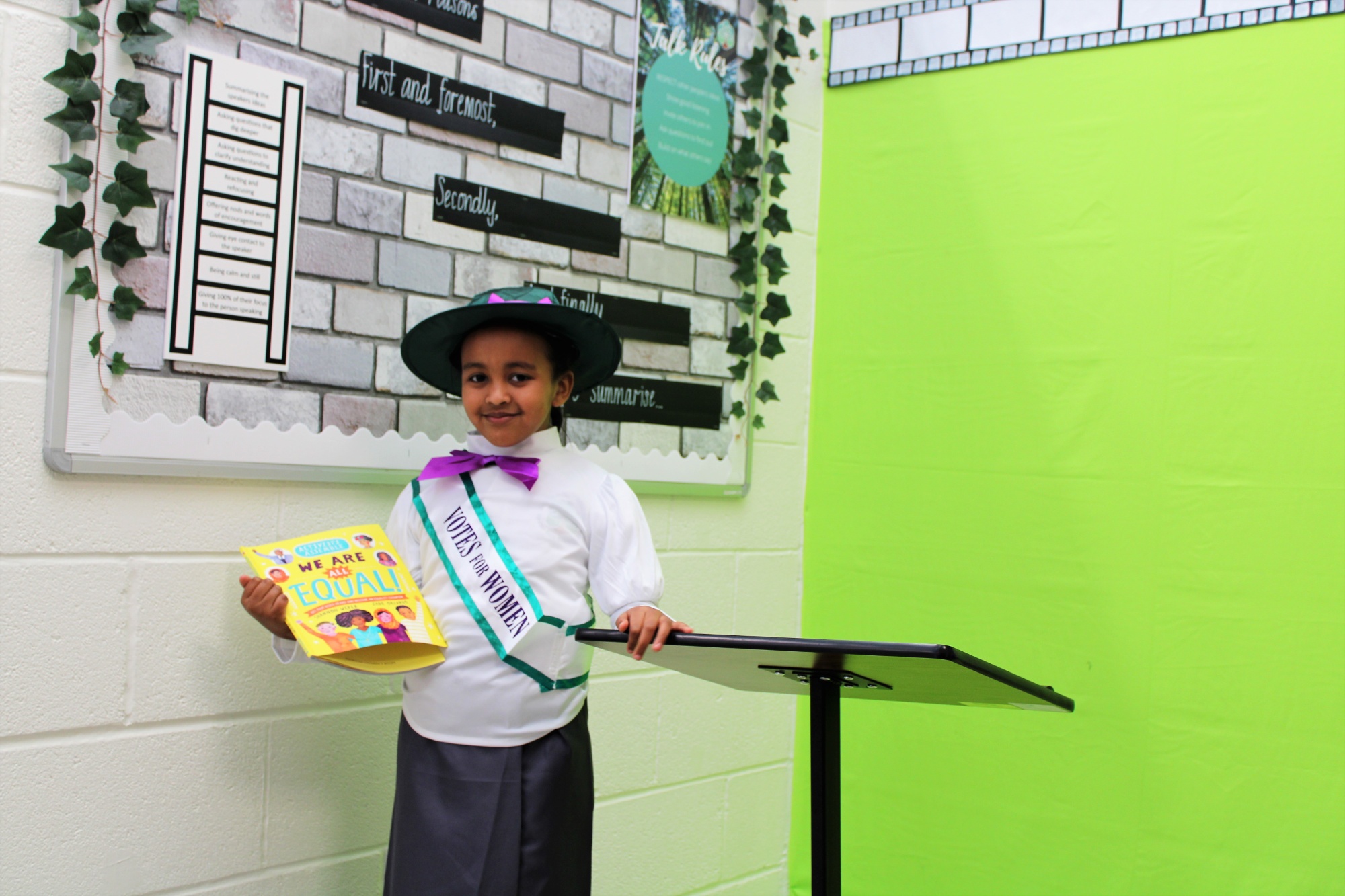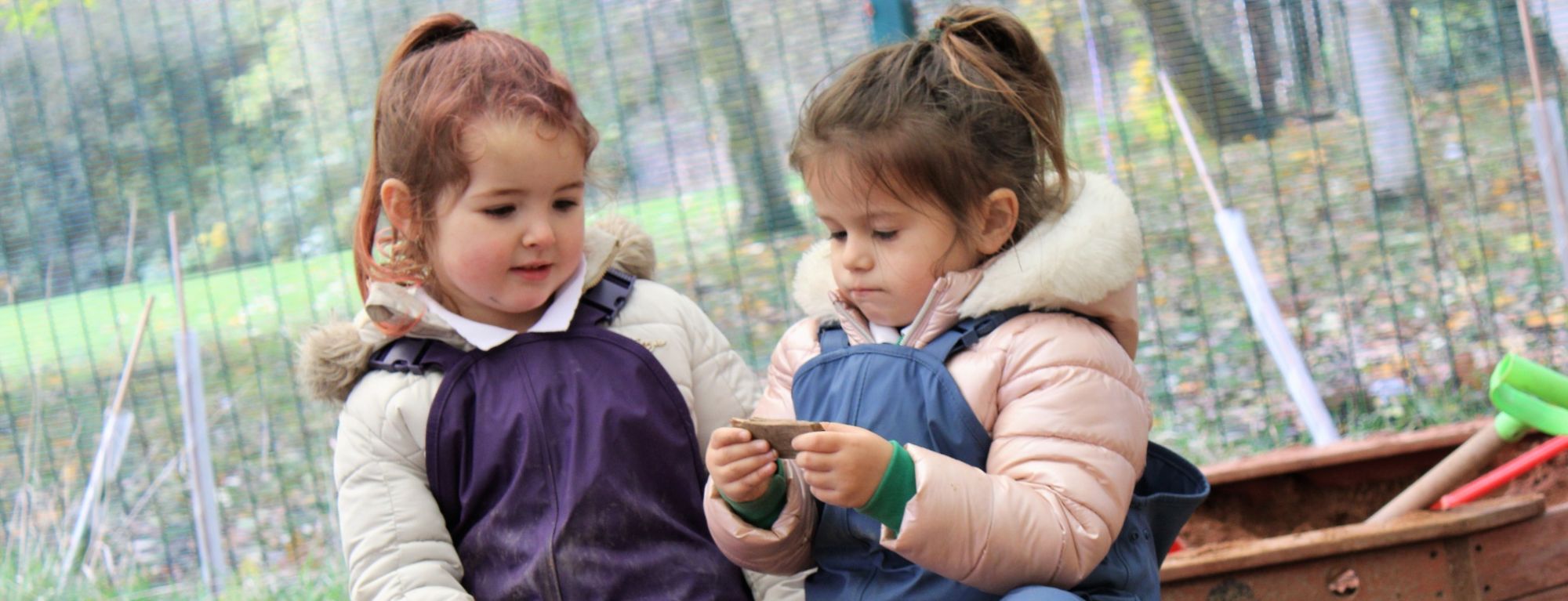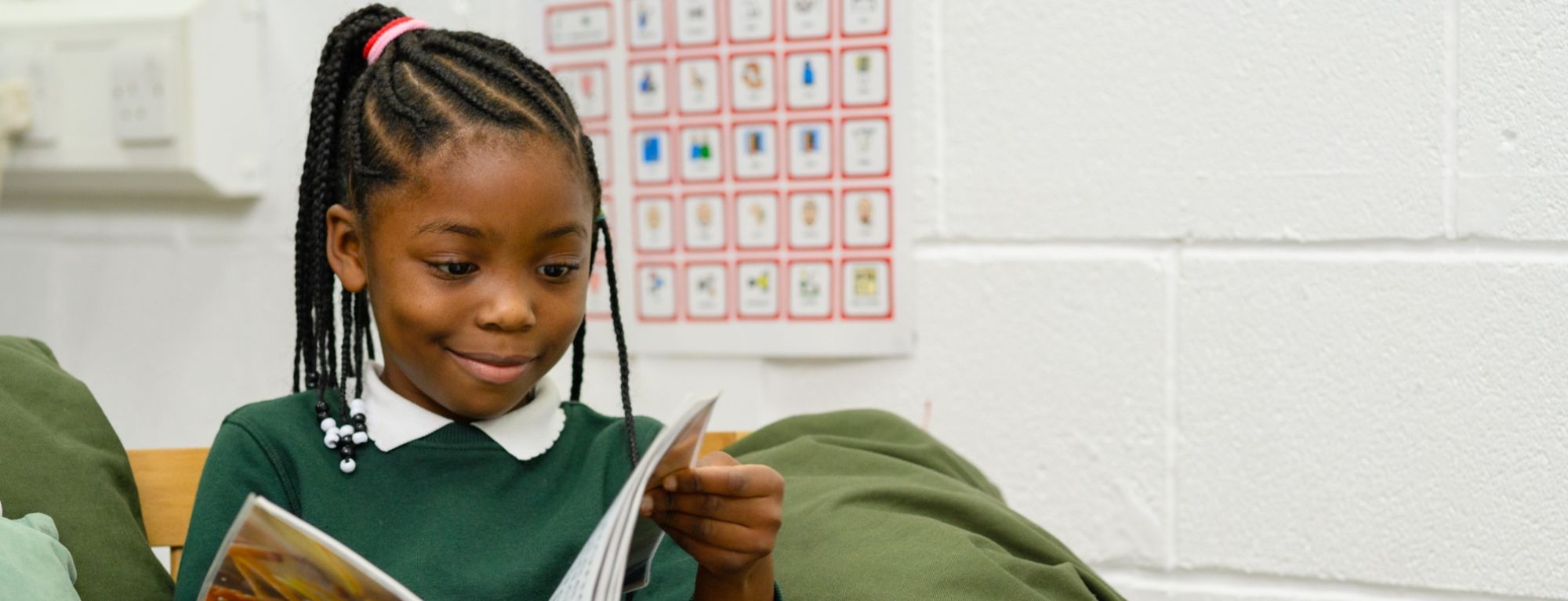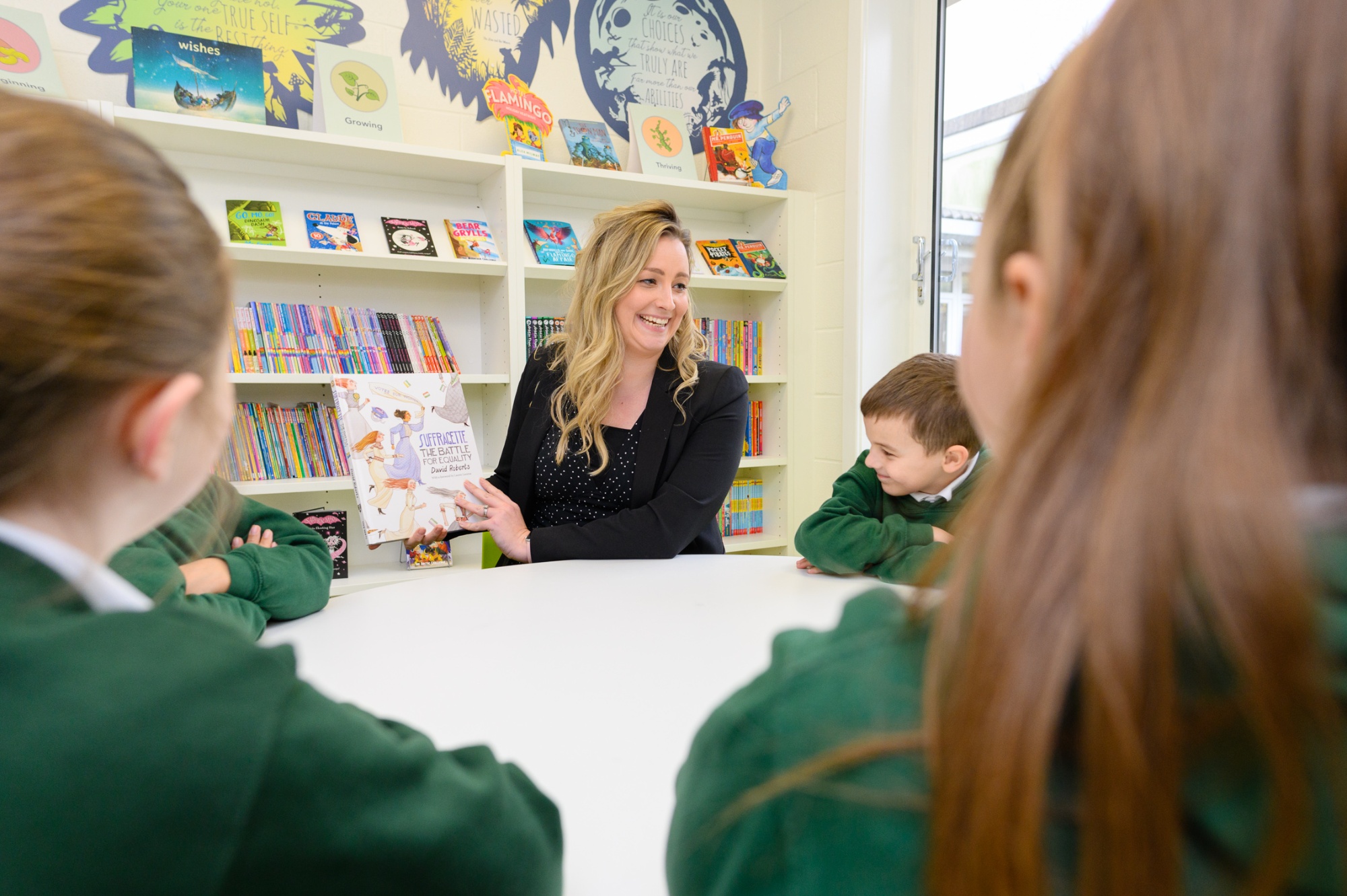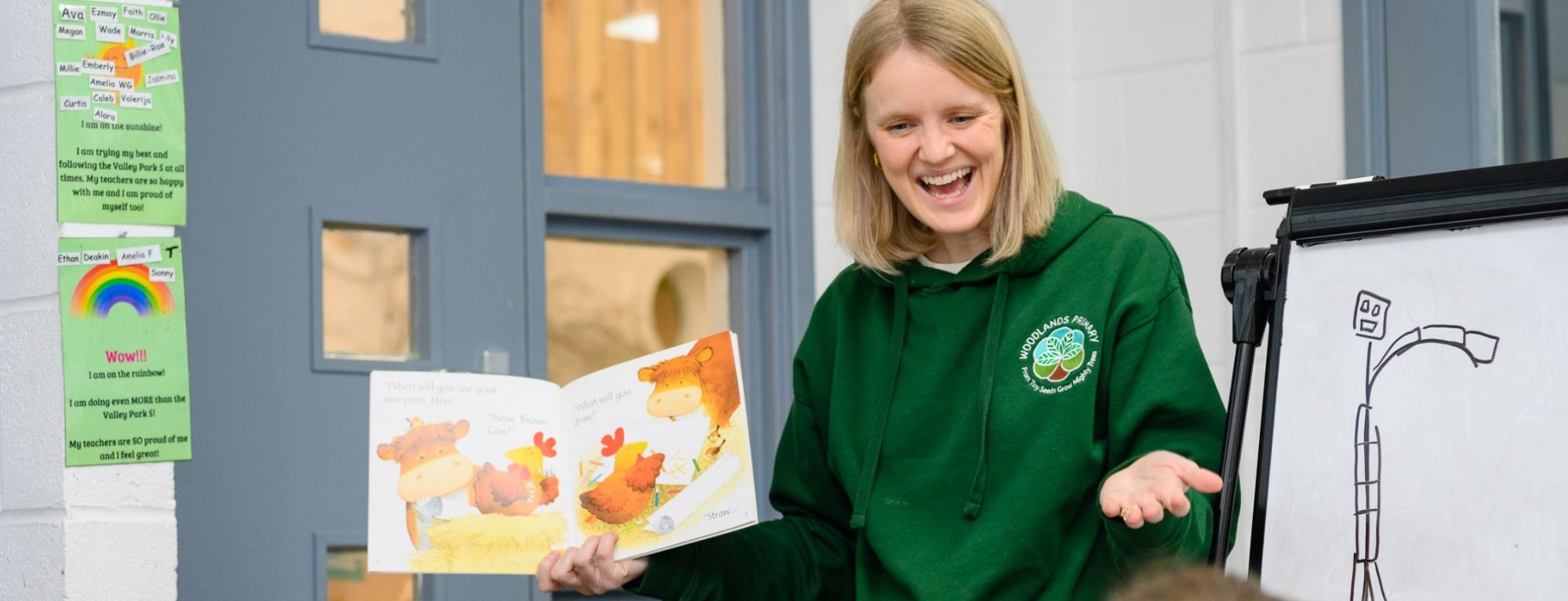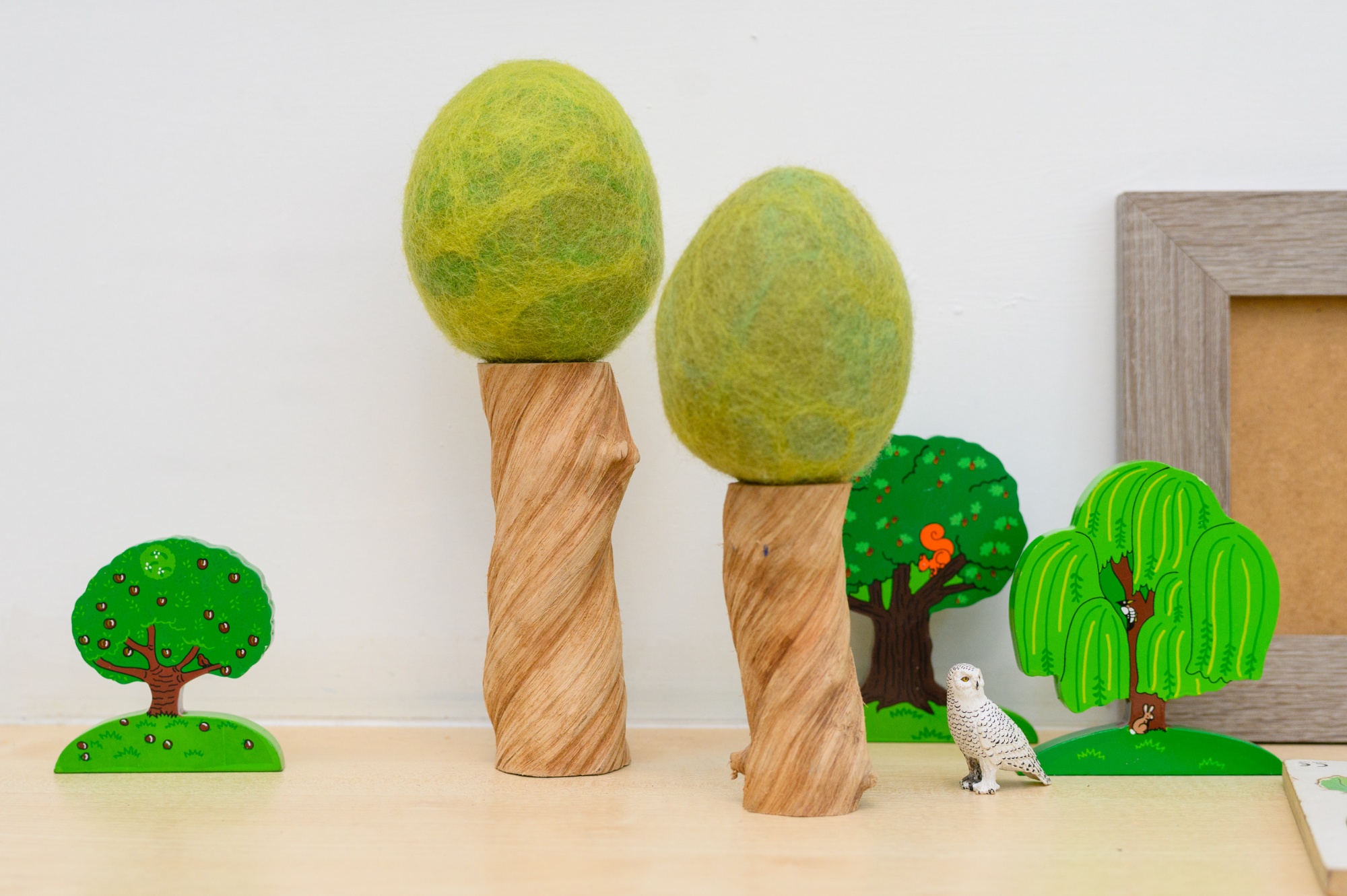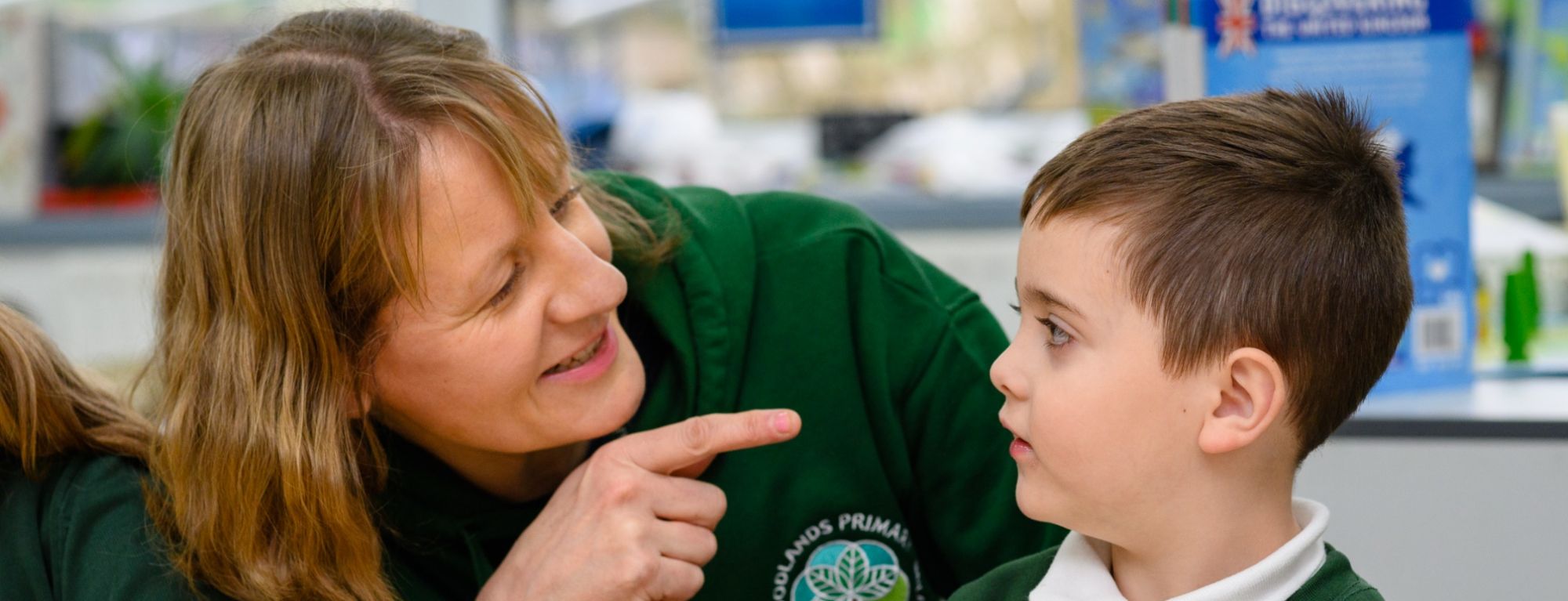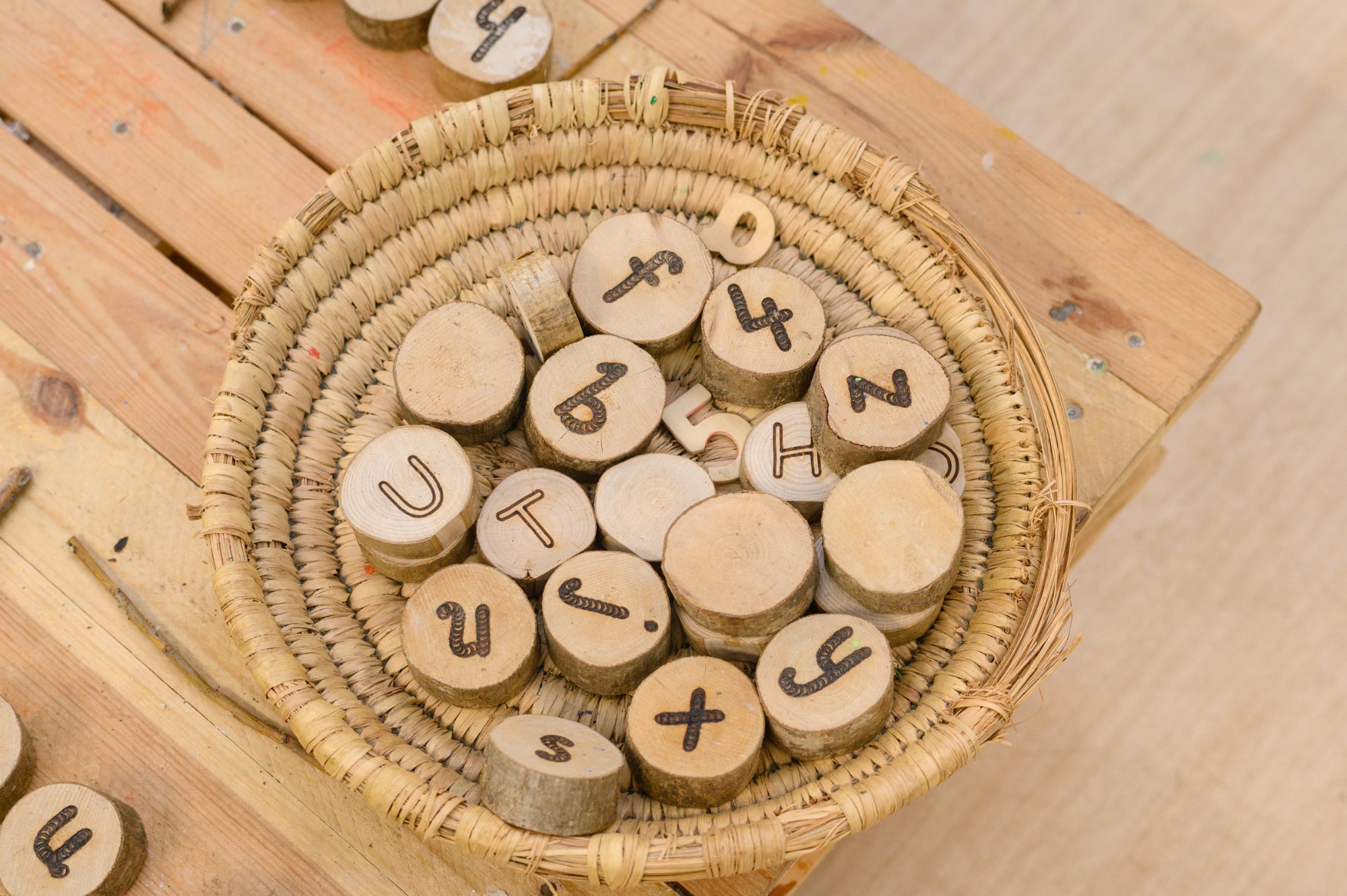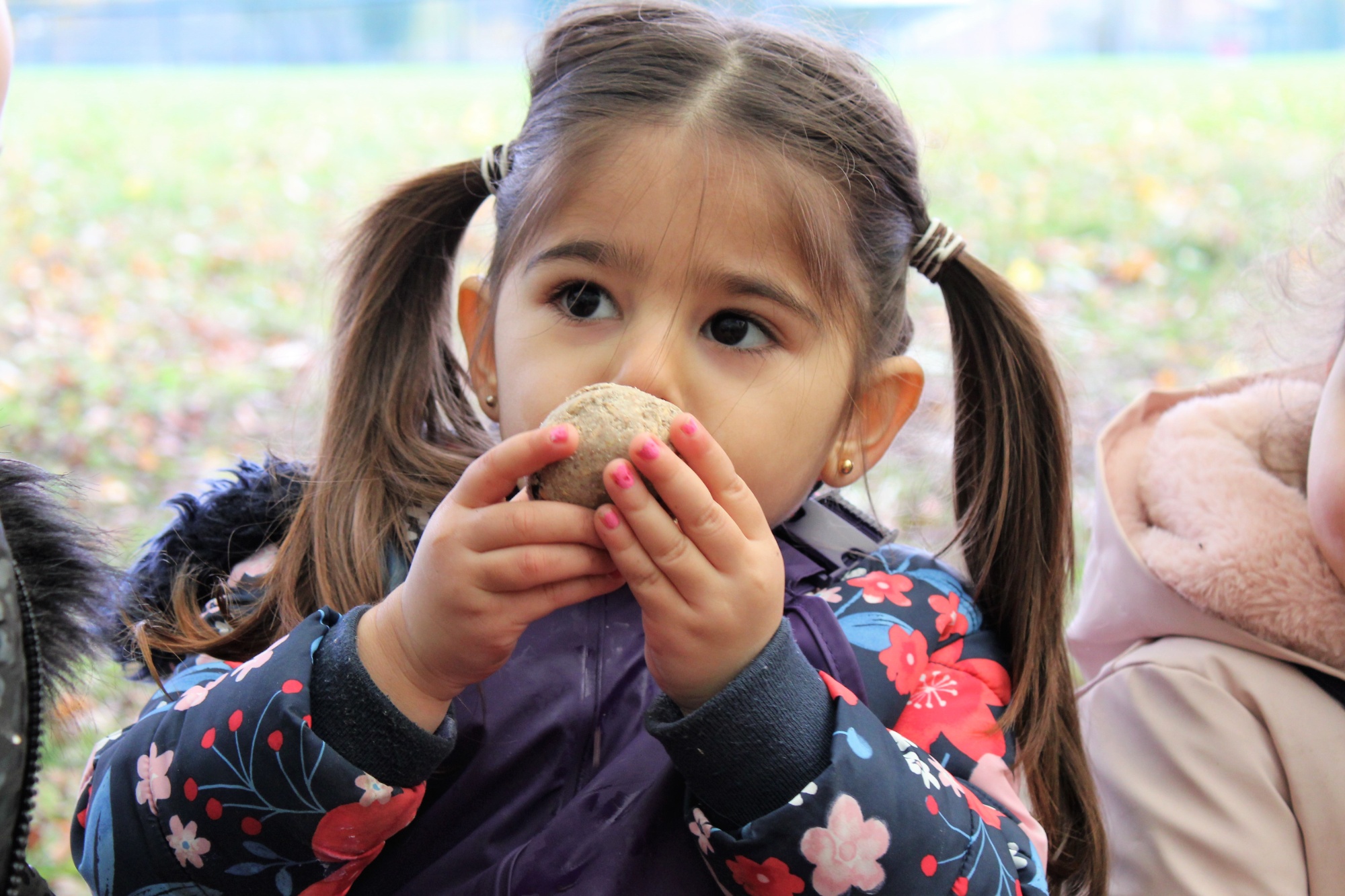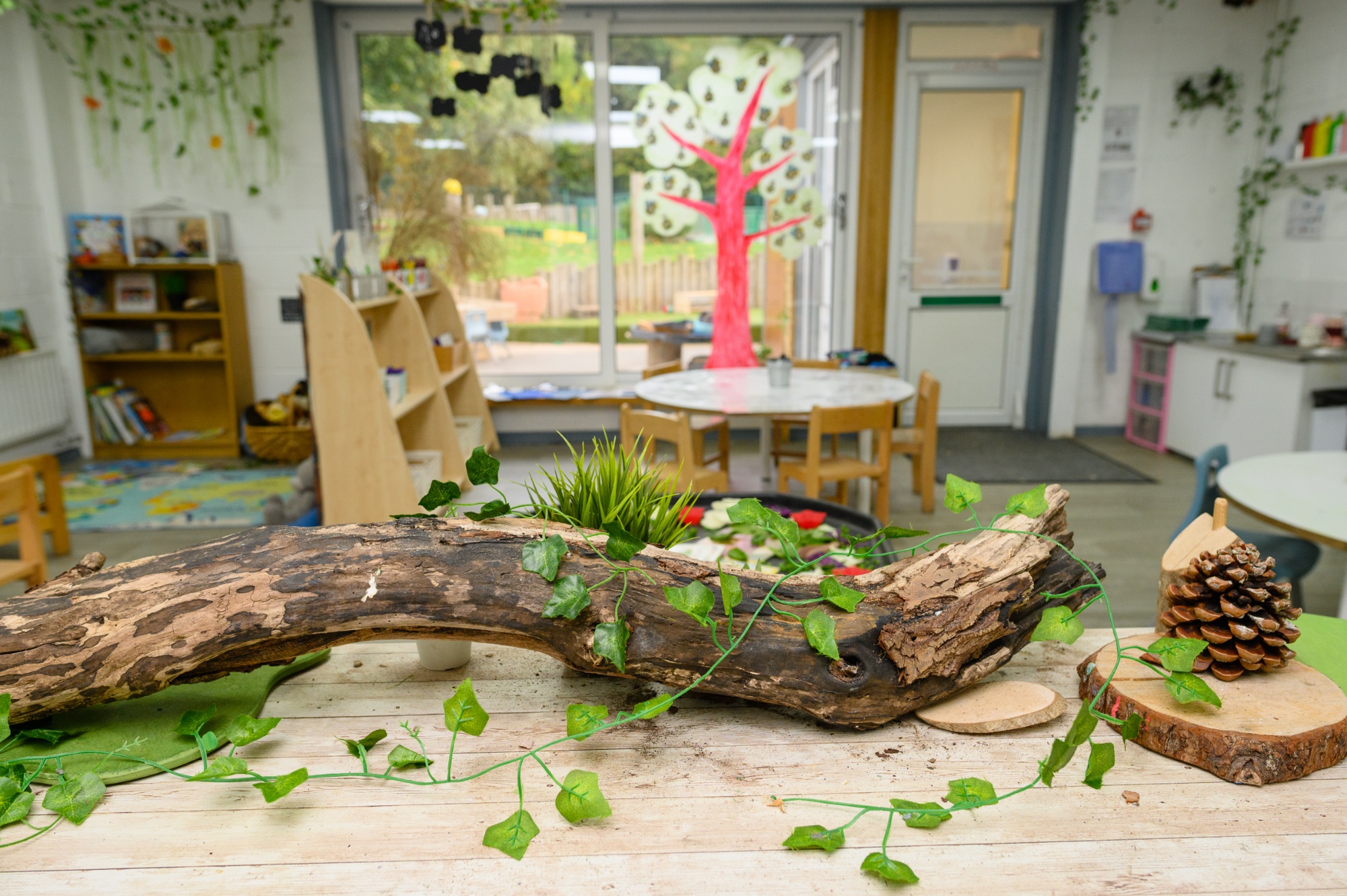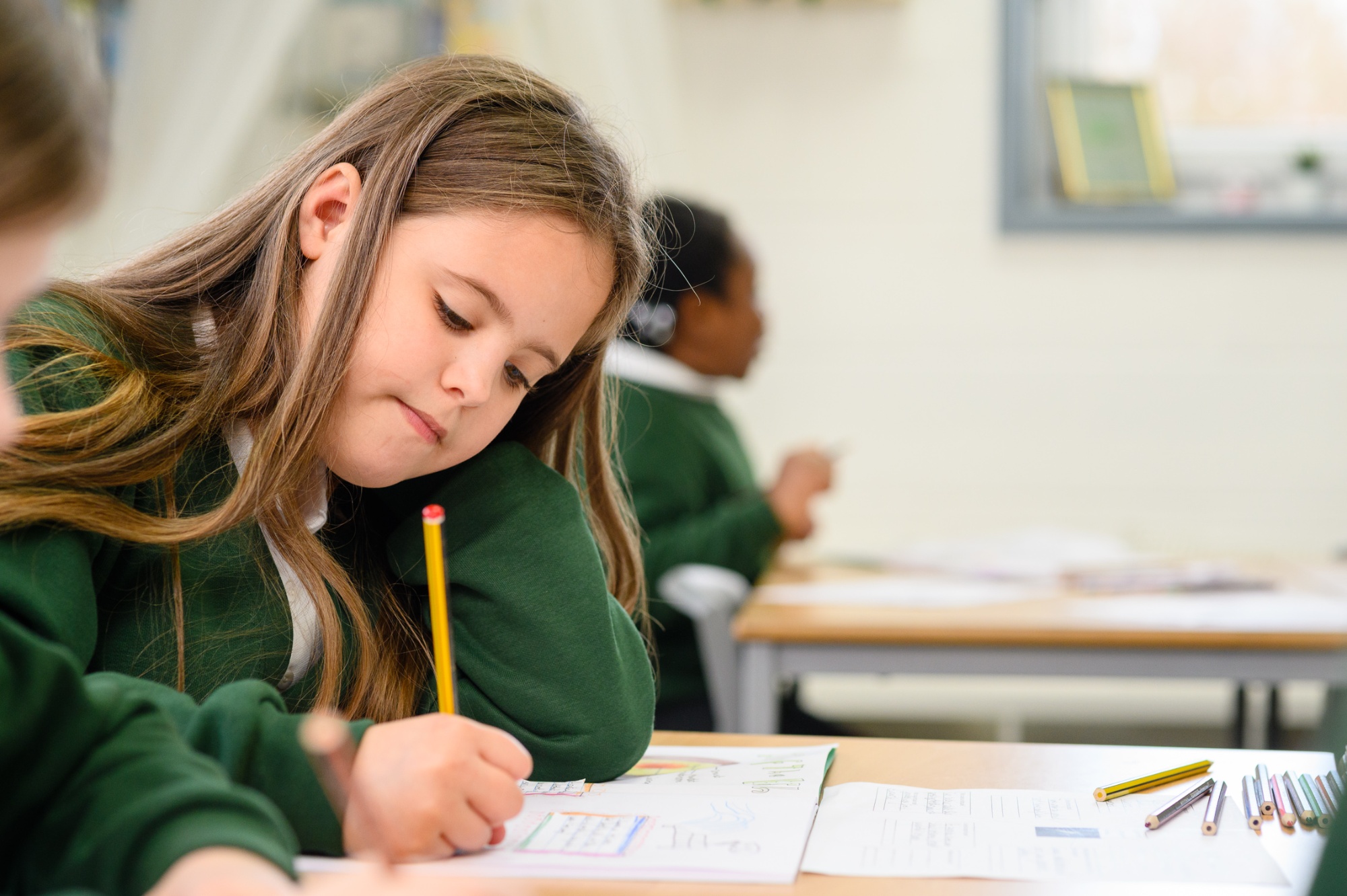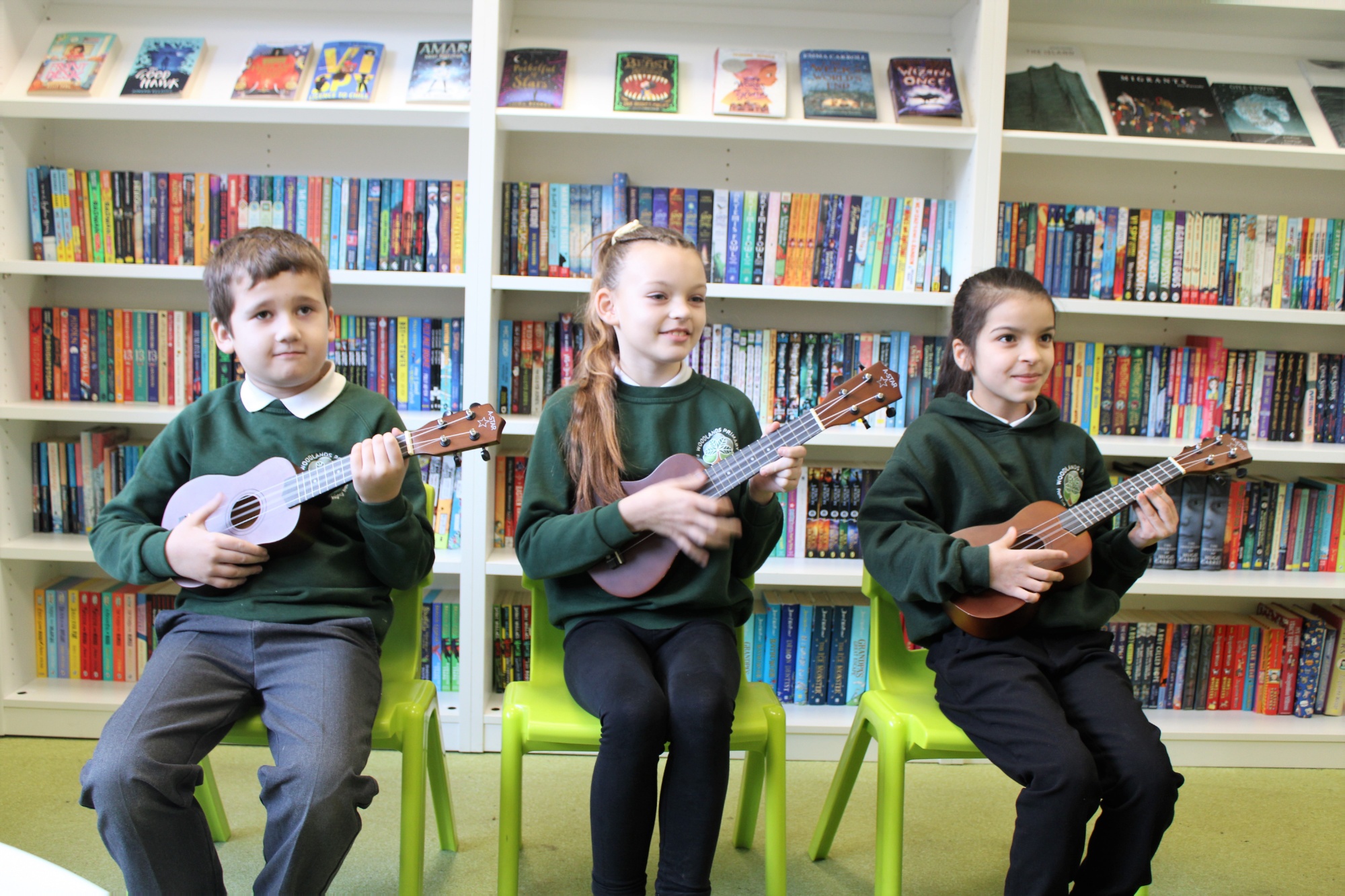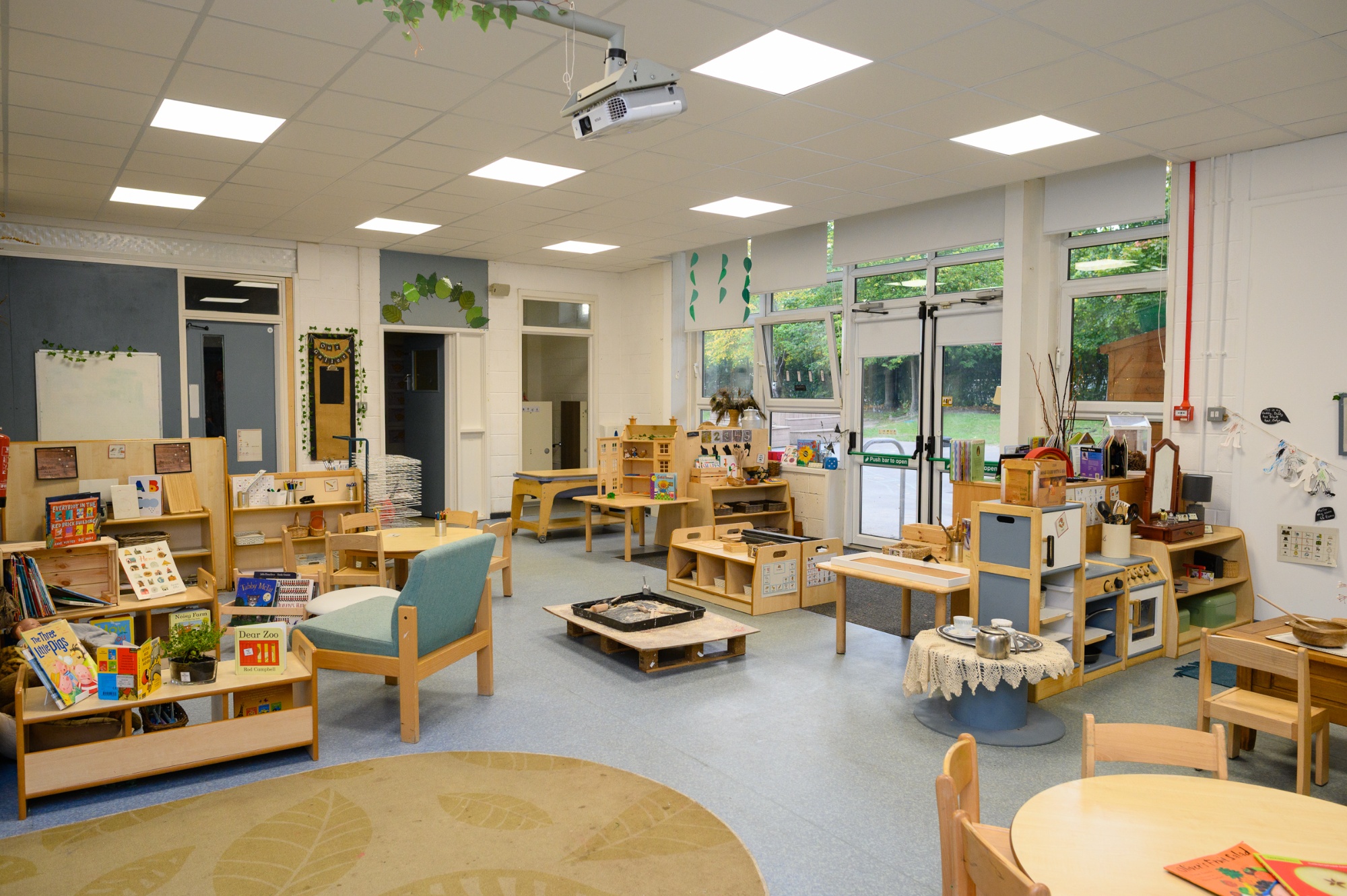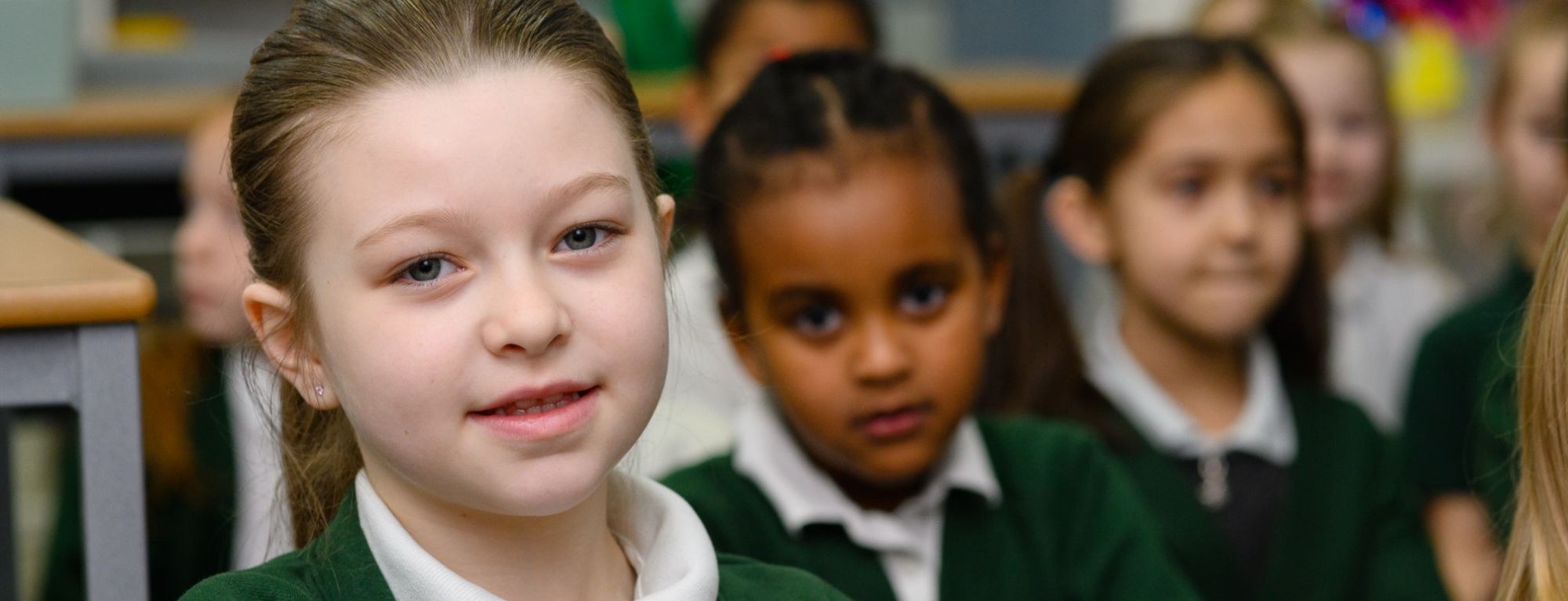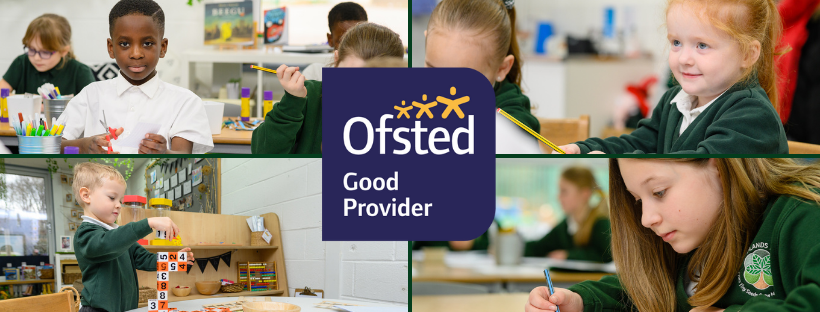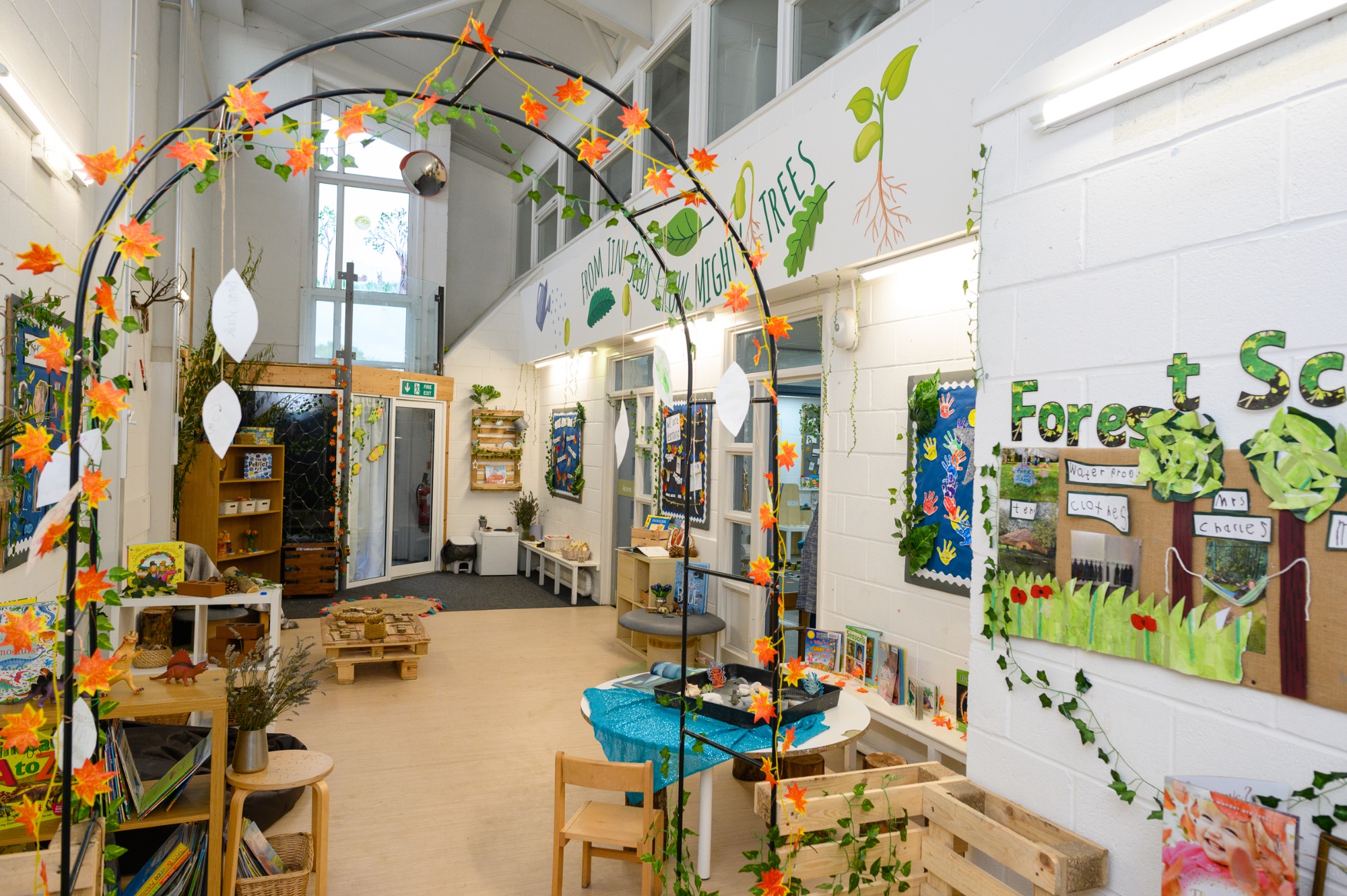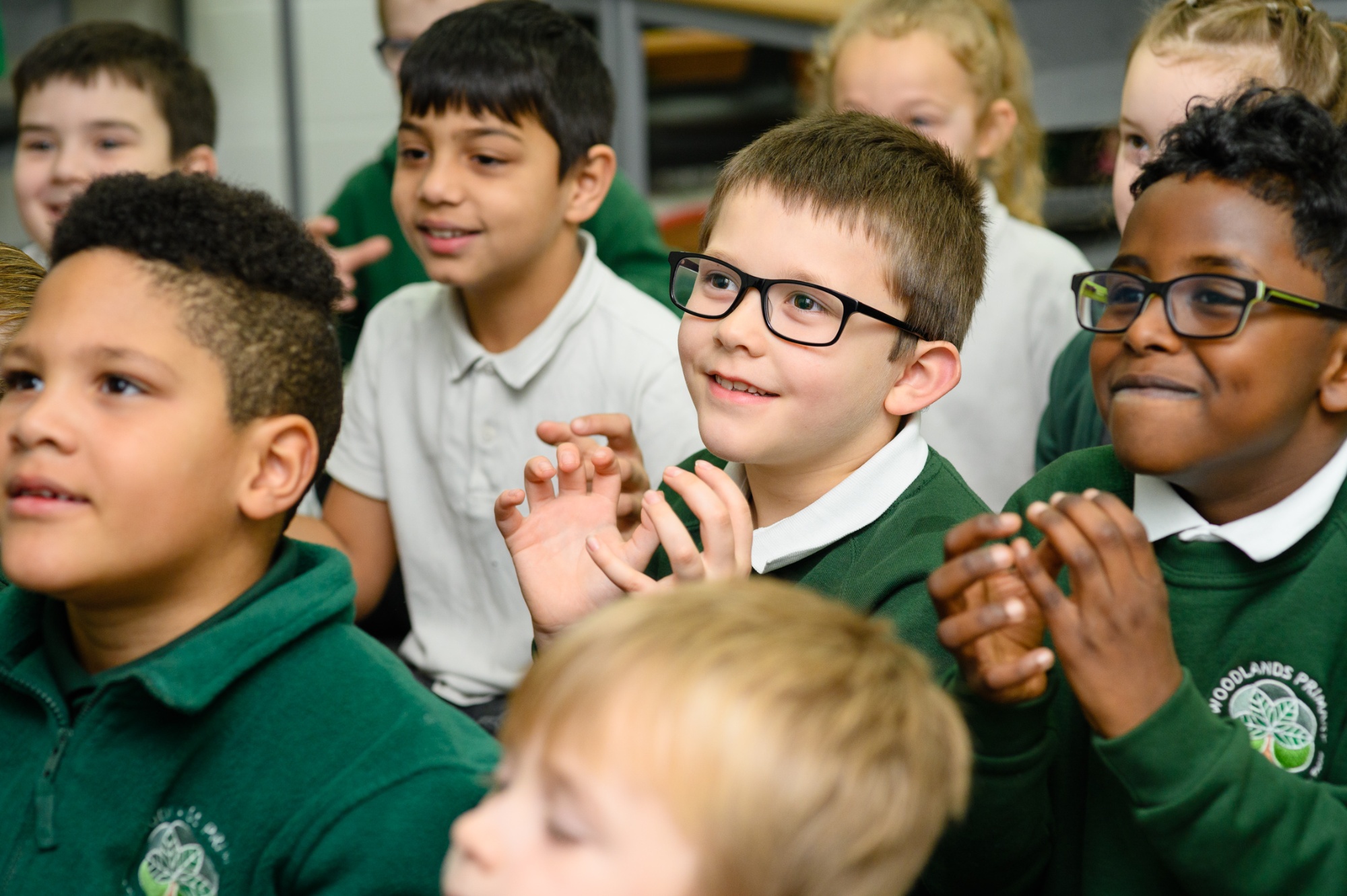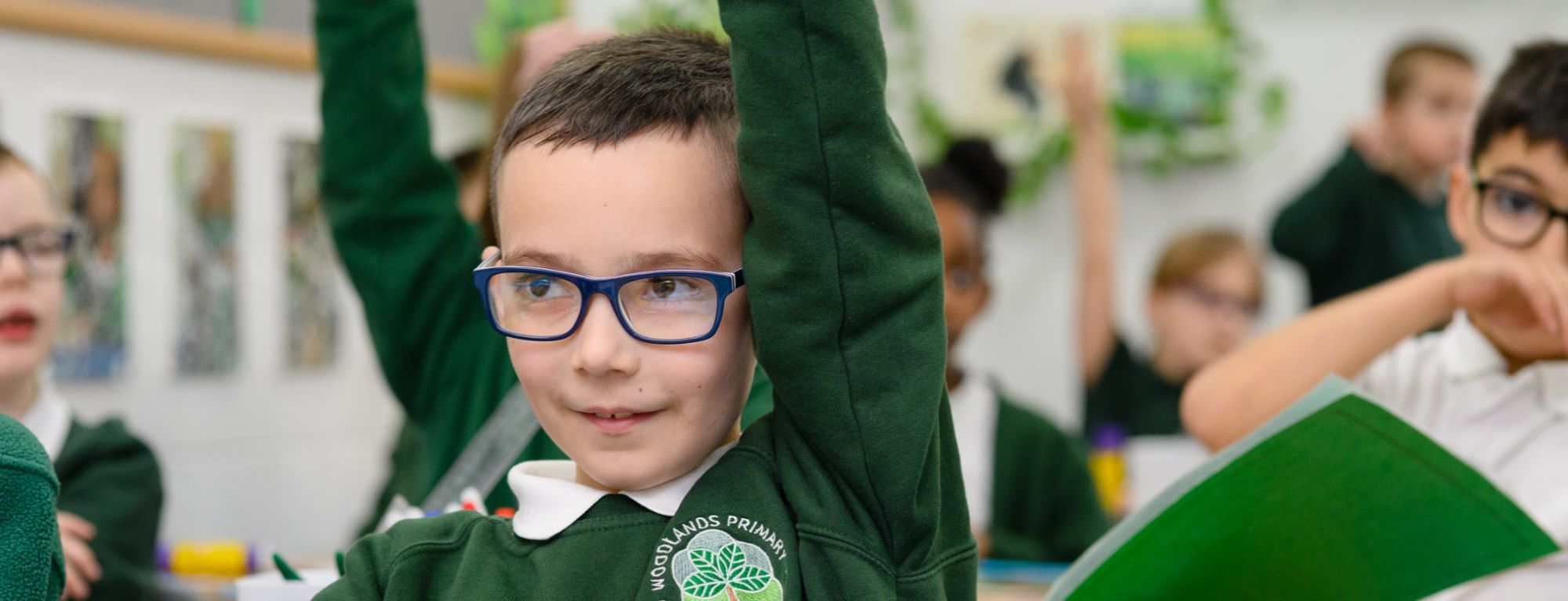Reading
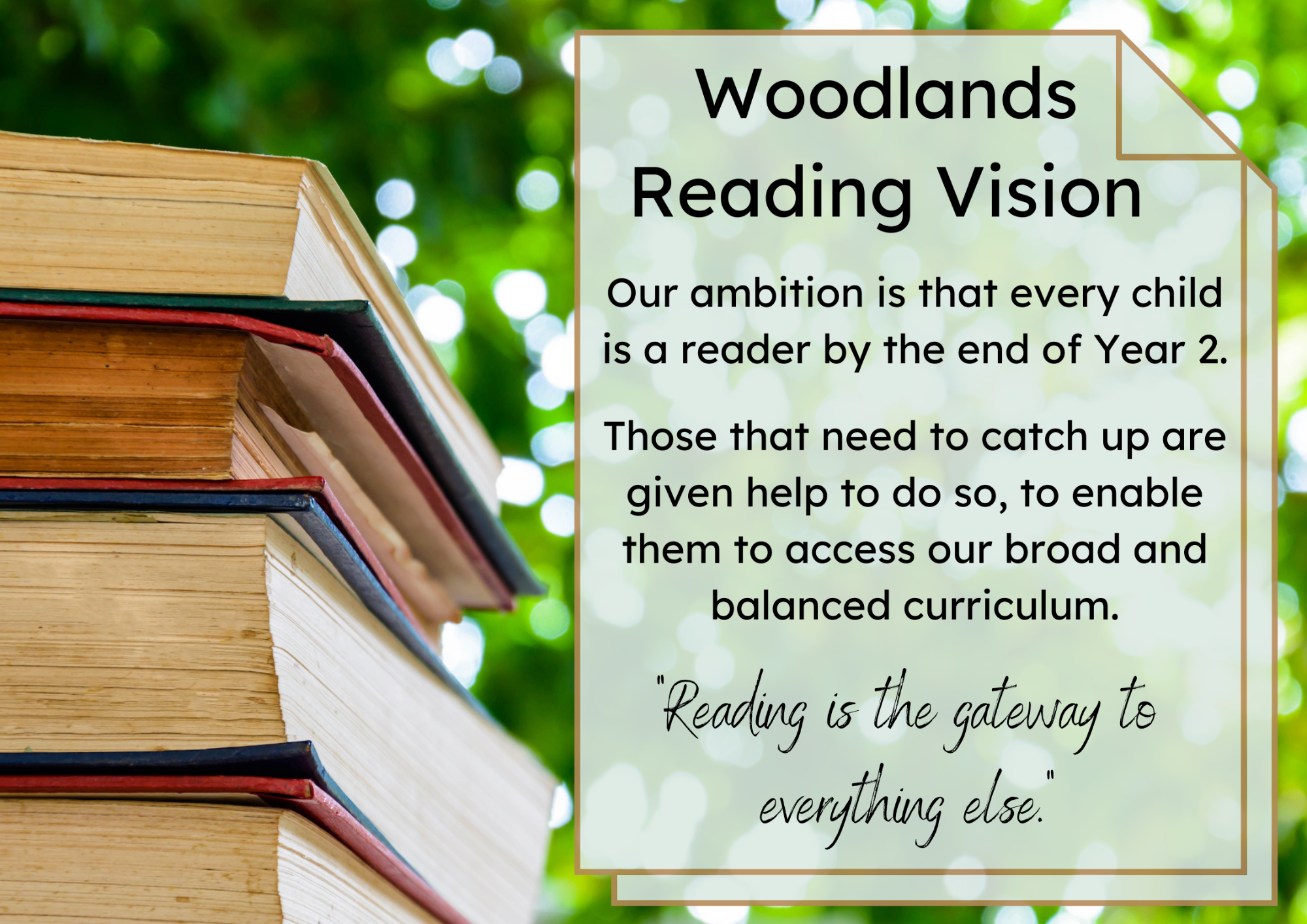
Reading is made up of many parts. The three key areas that we focus on are:
Learning to Read
We use the highly successful Read Write Inc. Phonics programme to teach our children to read, write and spell.
Early Reading (learning to read)
At Woodlands we use the highly successful synthetics phonics programme Read Write Inc (RWI) to teach our children to read write and spell from the start. All adults in school are trained to a high standard and are skilled in the delivery of phonics, making each session rigorous, systematic and fun! By Year 2, the majority are fluent readers.
Transition to Reading Instruction
Once our Year 2 children are ready to move off the RWI programme, they spend a term on Read Write Inc Comprehension. This programme continues to inspire children to want to keep reading whilst gaining confidence n beginning to use comprehension strategies and how to work out the meaning of new vocabulary.
To find out more about Red Write Inc, click here.
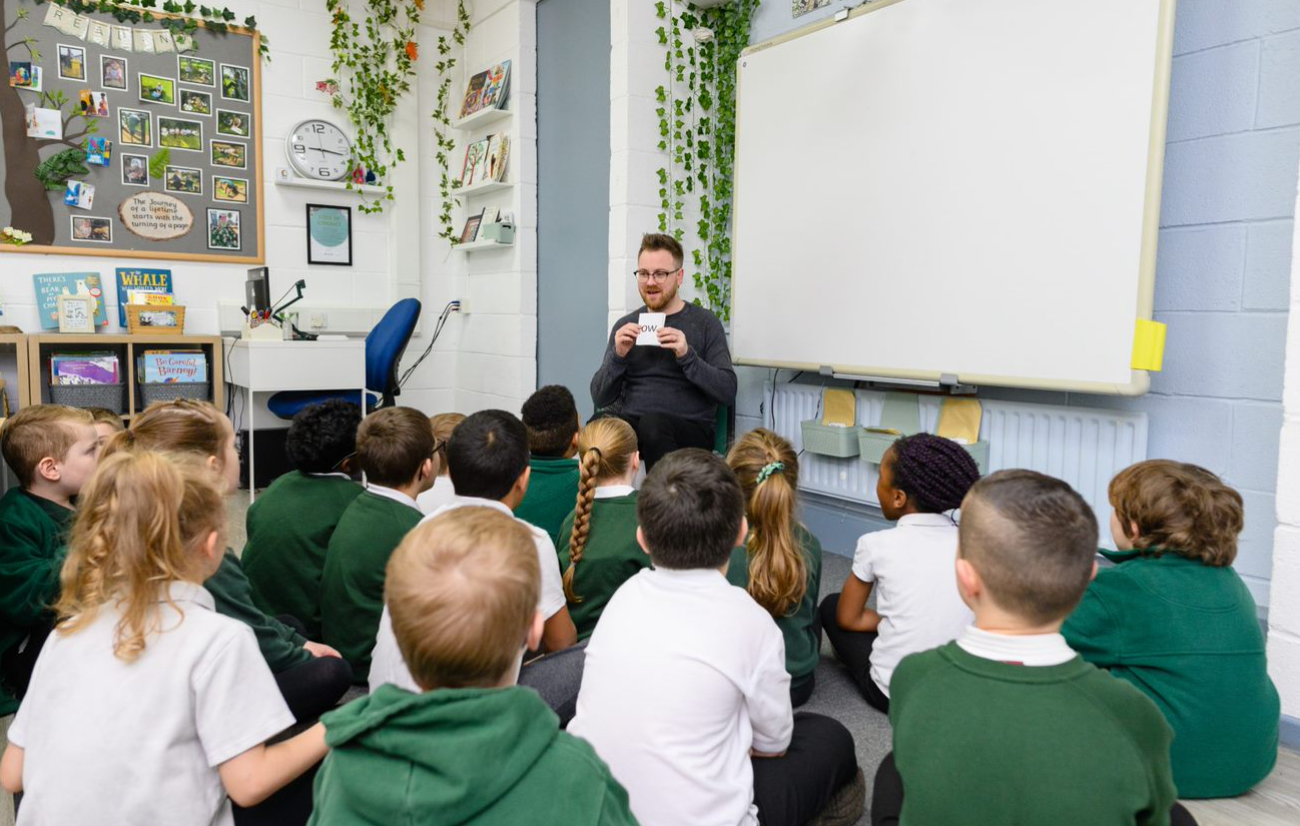
Reading to Learn
Reading Instruction (reading to learn)
From Year 3, ‘Reading Instruction’ is taught. Pupils are immersed in a wide range of high quality texts from different genres and text types through our bespoke ‘Reading Anthologies’. Reading strategies (following the ‘Reciprocal Reading’ programme) are deliberately and specifically modelled until pupils can use these independently for they need to unpick new and unfamiliar texts.
Reading Fluency
We know that if pupils are not fluent, they use up too much cognitive space trying to decode texts which means their working memory does not have enough space to comprehend what they are reading. Reading fluency is crucial, and we use strategies such as echo reading, choral reading and annotating for fluency to support all pupils become fluent as soon as possible.
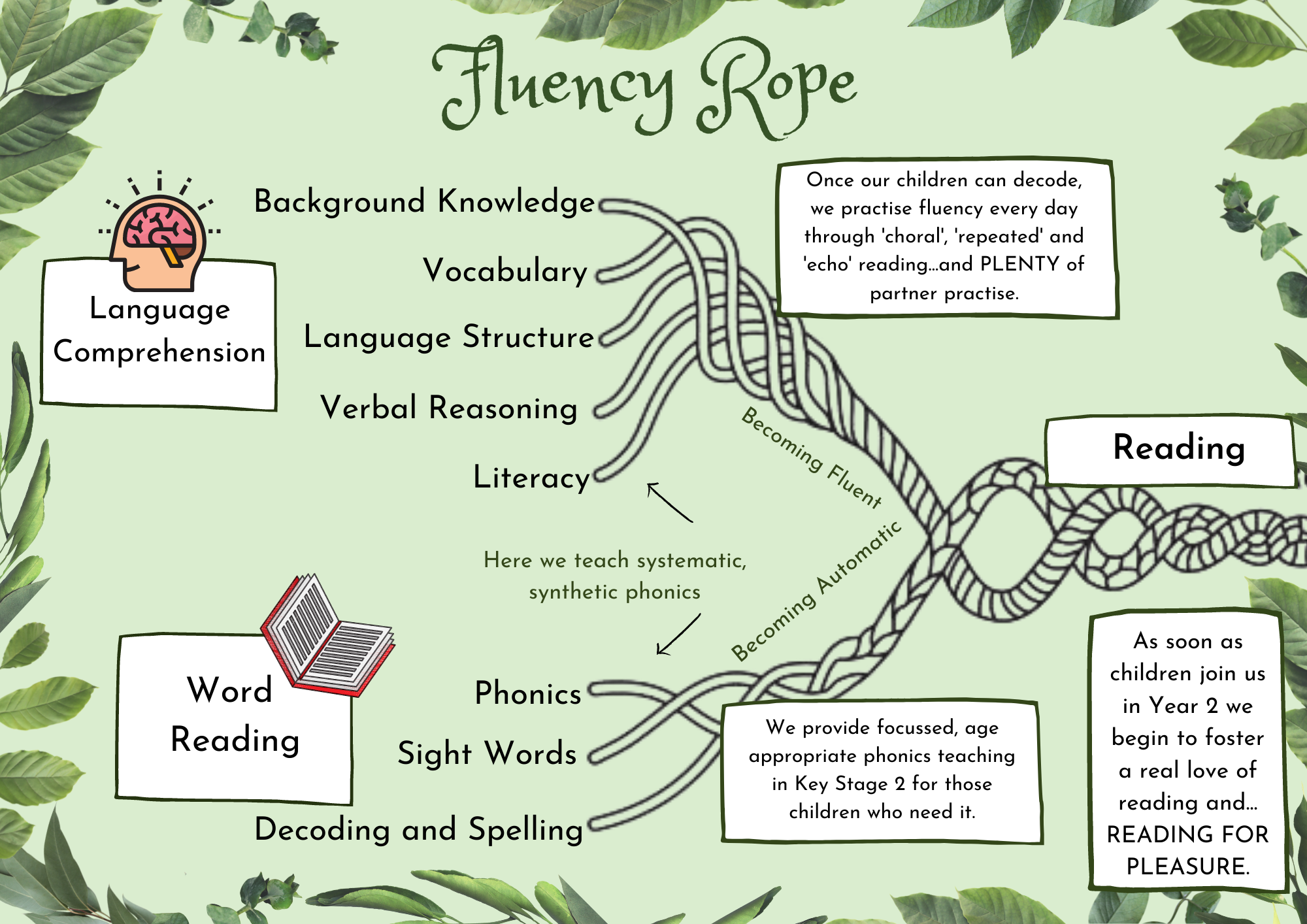
Strengthening Reading where needed (closing the reading gap)
For those pupils who find reading difficult, we continue to deliberately teach reading fluency for as long as pupils need it. We know our pupils very well, and track all aspects of their reading carefully so that we have a detailed portrait of every child as a reader. We use ‘Fresh Start’, ‘Precision Teaching’ and 1:1 phonics interventions where needed.
Key Stage 2 Phonics
We want all pupils to use their strong phonics knowledge, even when they’ve finished the phonics programme, so we continue to teach a short version of phonics right up to Year 6! This keeps phonics knowledge strong, and gives pupil confidence when spelling multi-syllabic words and working out the meaning of new words in context.
Reading across the Curriculum
Reading texts of all text types and lengths are built throughout the entire curriculum so that pupils read lots, not only in reading lessons, but in every lesson! This increases the amount of words read daily for our pupils, as well as allowing them to access subject knowledge through reading.
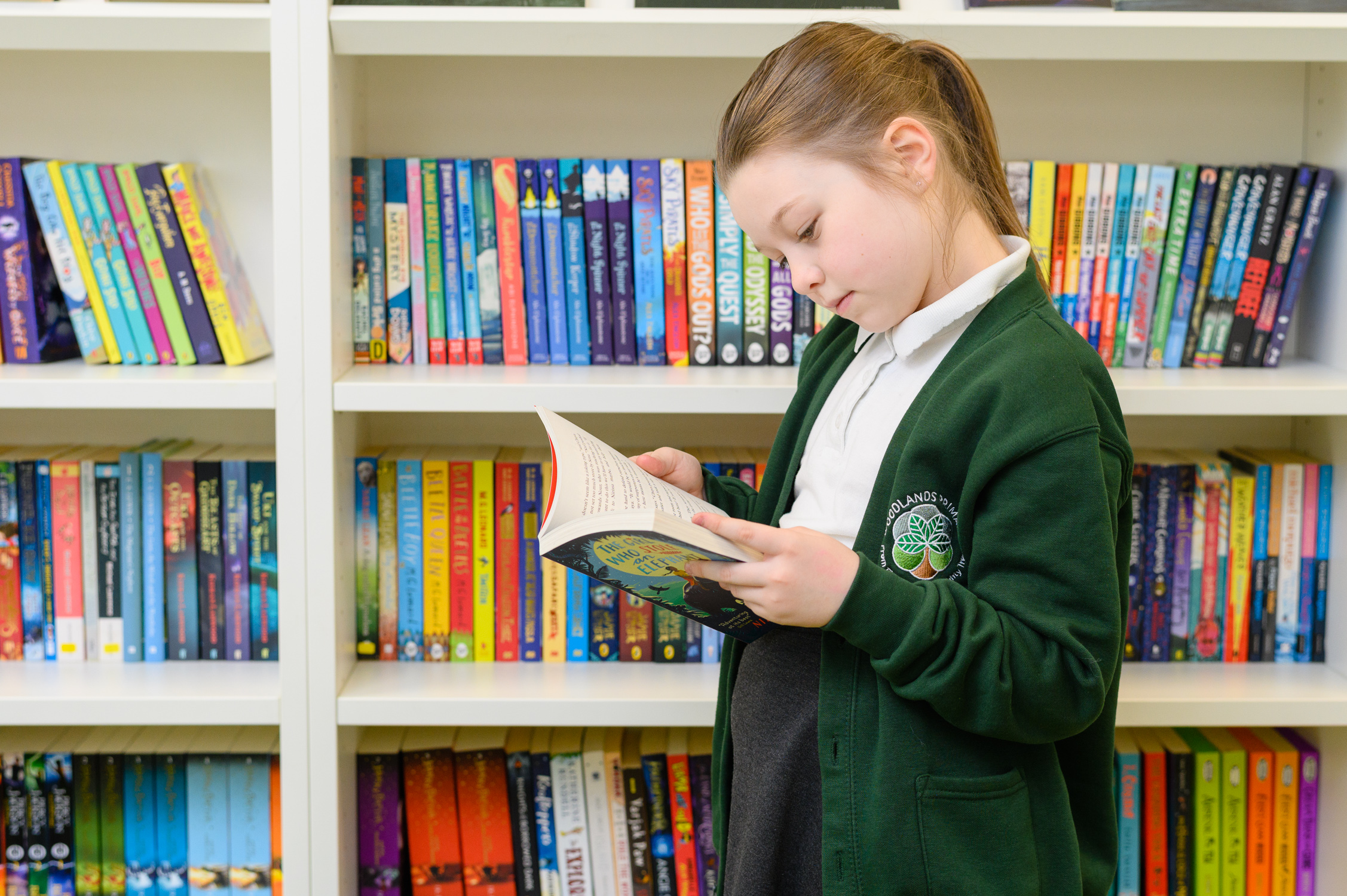
Reading for pleasure
Research tells us that reading for pleasure is a key factor in predicting later academic achievement. Children who read for pleasure are more likely to enjoy learning, succeed at school and achieve good levels of education. They also have higher levels of self-esteem, confidence and problem-solving skills than those who do not read frequently.
We work closely with the Open University Reading for Pleasure team to ensure we are always promoting reading for pleasure through careful strategy and putting books at the heart of our school.
High quality books are everywhere! In every classroom and all around school, in our many reading spaces on corridors and in nooks, where children can ‘stop, drop and read’.

